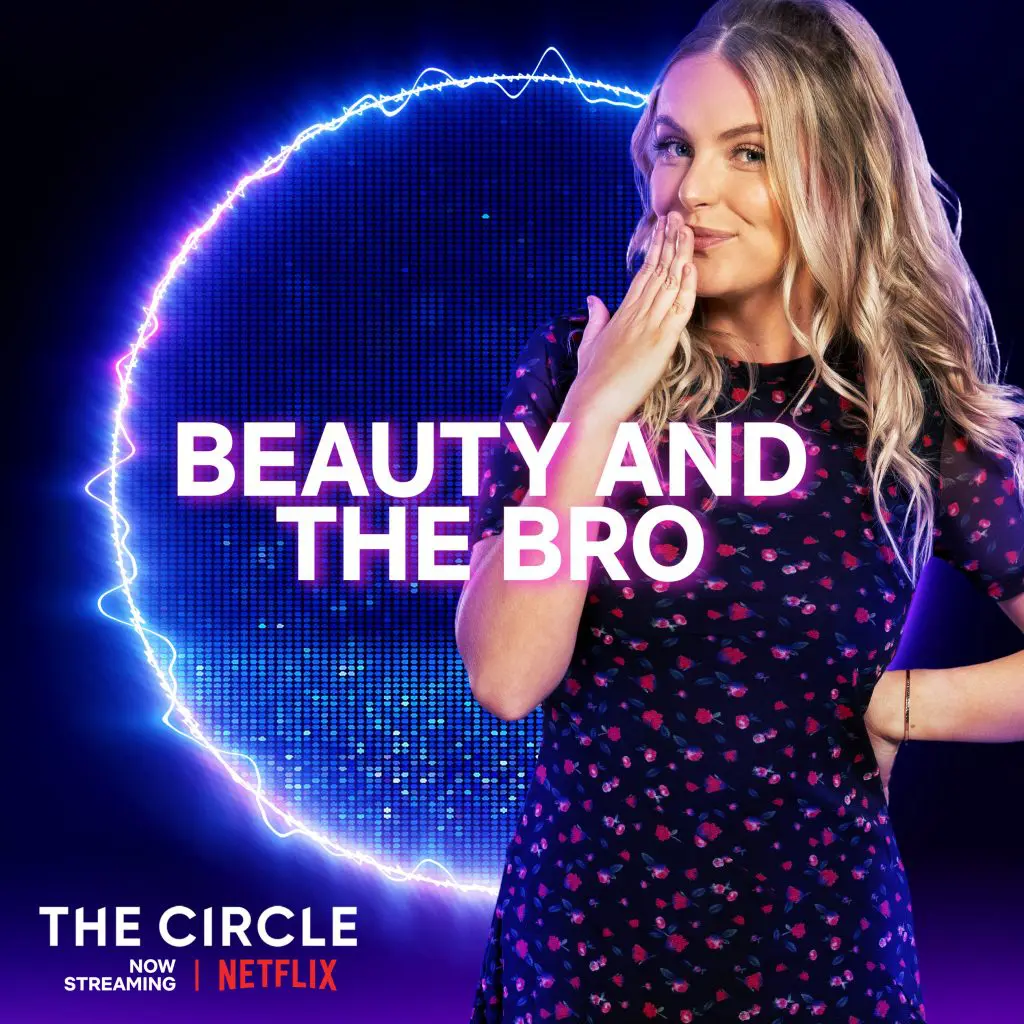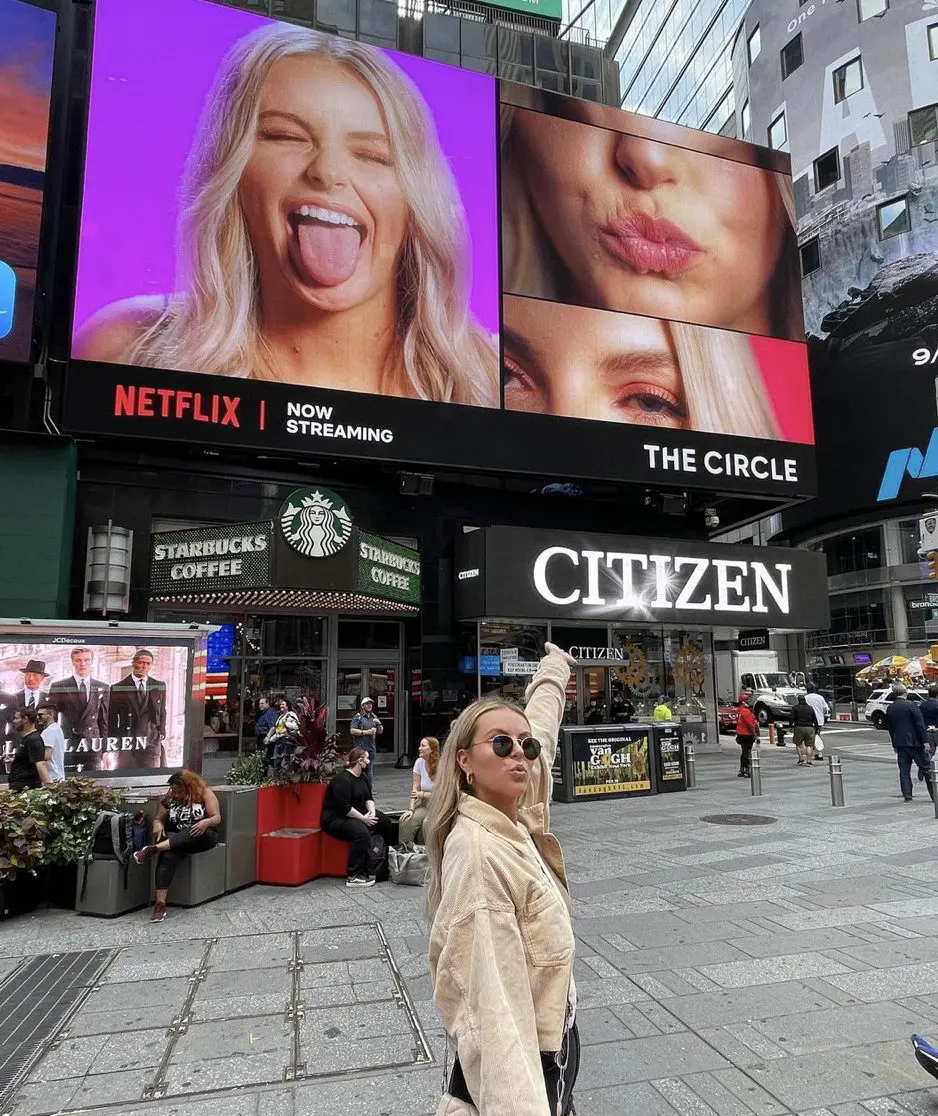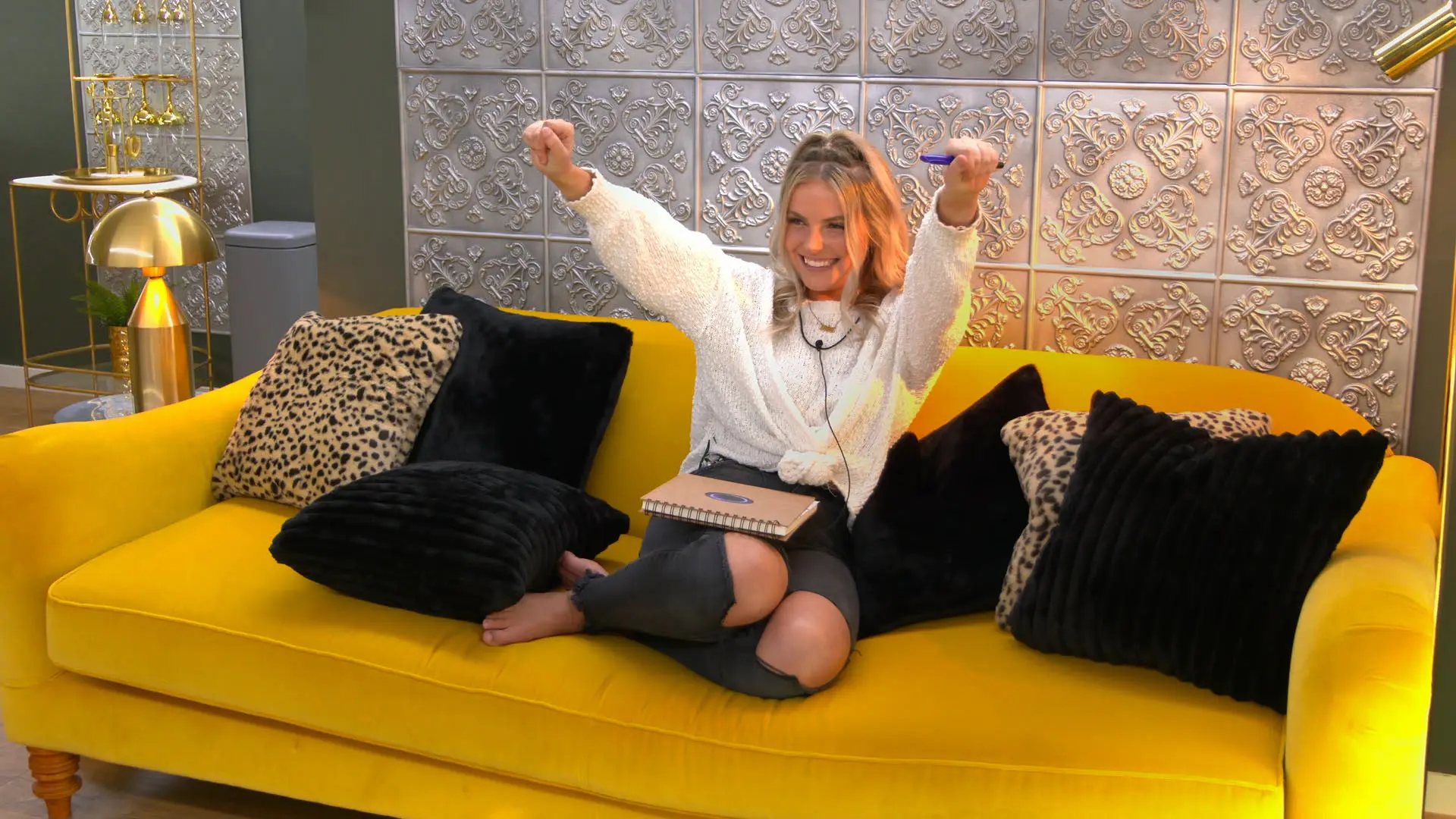
During lockdown, some people learned to bake bread. I set my sights on reality TV. In July 2020, I applied to be a contestant on The Circle, the Netflix reality show that’s a little bit like the show Big Brother, but set in an apartment complex.
On the show, players interact via a social media platform. As the game plays out, contestants only see each other’s profile pictures and instant messages. Not everything is as it seems, with some players using fake profiles, a.k.a. “catfishing”.
My strategy for getting cast? Apply as a potential catfish, posing as a fake identity in order to make it farther in the game (that was the theory, at least). Pretending to be someone I’m not – specifically, my best friend’s boyfriend Jackson – for an extended period of time couldn’t be further from “reality”. But it’s catnip for casting! By the end of September I was on leave from my role as Kiosk’s Media Supervisor for Paid Social and on my way to the UK, where the show is filmed, hoping my social media marketing skills would give me an edge in the competition.
I was quarantined for 14 days in Manchester, England. COVID tested every two days, and lived with a chaperone (basically a glorified babysitter) until I entered the game as a replacement contestant once two of the original players were eliminated – “blocked” in Circle-speak.
The experience was surreal. There were no clocks inside the apartment, so you never knew what time it was. Anytime I wanted to leave the apartment I would be escorted up to the roof to get fresh air, wearing sound proof headphones, with someone from production in tow.
I filled my time by reading books, strategizing, chatting with my producers, doing puzzles, coloring. But a lot of my time in the Circle was spent under extreme pressure, analyzing chats, trying to create friendships and build alliances, all while pretending to be a guy called Jackson.
Did my social media skills matter in the end? Sadly, no. Spoiler alert! Jackson ended up getting blocked in episode nine. That said, there were a few parallels between The Circle and the paid social media game.
Smart social campaigning starts with persona building
One of the first things Circle contestants do is set up social media-style profiles that are visible to the other players. I made sure my profile called out specific traits that Jackson and I would share (i.e. health/fitness and travel). That way, I’d be less likely to get caught in a lie or come across as unconvincing. I also made sure to include a relationship status within my bio since flirting was part of my game plan.
These profiles acted as glimpses into the real or imagined lifestyles of the players, and set the scene for a game of relationship building. As such, they’re not a million miles away from the audience personas a paid media campaign relies on.
With a paid media audience persona you’re building a snapshot of the interests of your potential customers, not yourself. This can help guide your thinking as you build campaigns out and consider interest-based opportunities on platforms like Facebook and LinkedIn, and contextual targeting on YouTube. Whether on social or display, contextual targeting (showing ads next to the most relevant content) is more important than ever now Google’s long-term goal of blocking third-party cookies in Chrome.
Your audience personas could come from qualitative research, or you may find yourself spending time online building a picture of different audience interests in any number of ways (e.g. reading Amazon product reviews may offer insights into how people are using products).
As you start building audience personas, you’re building a foundation for implementing different messaging strategies for different audiences – just like “Jackson” (that’s me) trying to figure out different tones for chats with Kai (note to self: try flirting) and Nick (note to self: flirting’s tempting, but not appropriate here).
The first victory is visual
On The Circle, we were cut off from the outside world for two weeks, with a simulated social feed containing only other players’ posts and conversations. In the real world, feeds on Facebook, Instagram and elsewhere are cluttered with all sorts of updates. Friends, relatives, groups we joined and never muted, bands we followed and, of course, ads.

First impressions matter, and striking visuals are the cornerstone of a paid media campaign.
On the show, we were communicating as much as we could with a few profile pics, which resulted in a lot of love for Nick’s bulldog Bruce. After all, when a guy wants to win the ladies over, he leads with his love of animals. This strategy clearly paid off for Nick.
Does that mean you should stick a cute bulldog in every social ad? If only it were that easy.
Not every advertiser has the resources to devote to high-production-value creative assets. But it’s always harder to cut through the clutter when you’re relying on stock photography to do the job. Put your game face on and your best foot forward with eye-catching visuals that speak to your target audience.
Which brings me to my final take away…
When selling though paid media, authenticity matters
Trust is hard earned and easily lost. Take it from someone who spent Circle chats trying to be “down with the bros” when my natural instinct would have been to flirt with them.
On The Circle, everyone is on high alert about the possibility of being catfished. In real life, people will happily tune out ads that feel inauthentic. And even if you get those initial clicks, your chance of building a customer relationship is going to be that much harder if you’re fronting as something that you’re not.
As marketers, we’ve seen brands who want to express a sense of social purpose, only to find themselves in the internet firing line when their actions are deemed inauthentic, poorly thought through, or just for show. Who can forget Kendall Jenner’s infamous Pepsi ad? Or brands who failed to judge their tone during Pride month?
Leading with authenticity is important. When it comes to jumping on social media trends, authentic relevance is more important than scrambling for inauthentic reach. Approach with caution! And as long as you’re still in the game, you can optimize your creativity in response to the feedback signals you’re getting from social platforms.
As someone who learned the hard way, it’s a much tougher fight for social media success if you’re trying to be something – or someone – you’re not. Especially when people are on the lookout for catfish and trust is hard to find.
Glad to say, moving forward, I get to focus on being myself. It turns out that people like keeping-it-real Rachel more than just-a-little-suspicious Jackson anyway. I’ll take that as a win.
